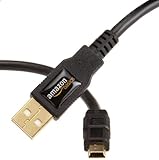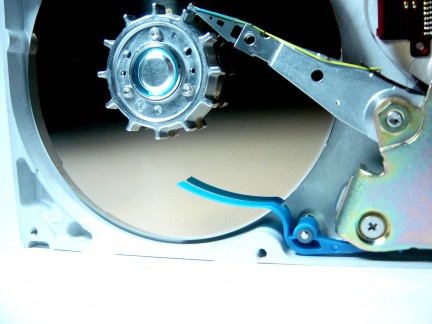Your external hard drive speed depends almost entirely upon two things: your cables and your drive itself. There’s nothing you can do to increase your external hard drive’s hardware speed, but there’s plenty you can do to improve your cables.
Shorter Cables, Faster External Hard Drive
It’s nice having a long cable for your external hard drive because it lets you put your drive in convenient spots far away from your computer. But that long cable is almost certainly costing you speed.
The maximum length of cable you can use for your external hard drive depends on what type of cord you use. It’s different for USB 2.0, USB 3.0, eSATA, and Firewire—but in most cases it’s only a two or three yards or meters.
Data transmitted over copper cables travels at roughly 60% of the speed of light in a vacuum (300,000 kilometers per second), so if you cut the length of a cord in half, you double the speed. That means a typical short 4-foot cord is twice as fast as a typical long 8-foot cord—and a 2-foot cord will be four times as fast.

As an added bonus, shorter cords for your external hard drive are usually cheaper than the longer cords, so you get the rare combination of speed and savings.
External Hard Drive Crosstalk Slowdown
Have you ever put your cell phone next to a cheap pair of speakers and heard the speakers start making a whining noise? That’s electrical interference, and all electronic devices produce it—including the cords connected to your computer.
The cords connected to your computer, most of which are probably USB, generate enough electronic interference to create false signals in nearby cords, a problem called crosstalk. When crosstalk happens, your computer sees signals from one cord appear in another cord and it gets confused, so it asks both devices to resend their data.
If crosstalk happens to your external hard drive during data transfer, your drive needs to resend whatever data it was sending, significantly slowing down the transfer.
Happily, you can defeat crosstalk easily. The easiest way is again by using shorter cords. But you can also cut down on crosstalk by using the right type of cords.
Take a look at the USB cords on your desk. Some of them will have a cylindrical bulge on one or both ends. Those bulges contain magnets which help block crosstalk.
When buying cables for your external hard drive, buy high-quality crosstalk-resistant cables.
Keep Your Magnetic External Hard Drive Flat
The last piece of advice to boost your external hard drive speed only applies to magnetic hard drives. It doesn’t apply to Solid State Drives (SSDs).
Keep your magnetic hard drive lying flat. Don’t tilt it up on its side, not even by a little. Inside your drive is a fast-spinning platter (like an old vinyl record) and a magnetic needle (like the needle on a record player).
The needle is designed to move in millionths of an inch towards the platter but never touch it—but that precision engineering design was made with the assumption that your hard drive would sit flat.
If your hard drive sits on its side, the math doesn’t work out and the needle gets too close or too far from the platter, slowing down the read speed of your external hard drive.
Sign up here with your email

ConversionConversion EmoticonEmoticon